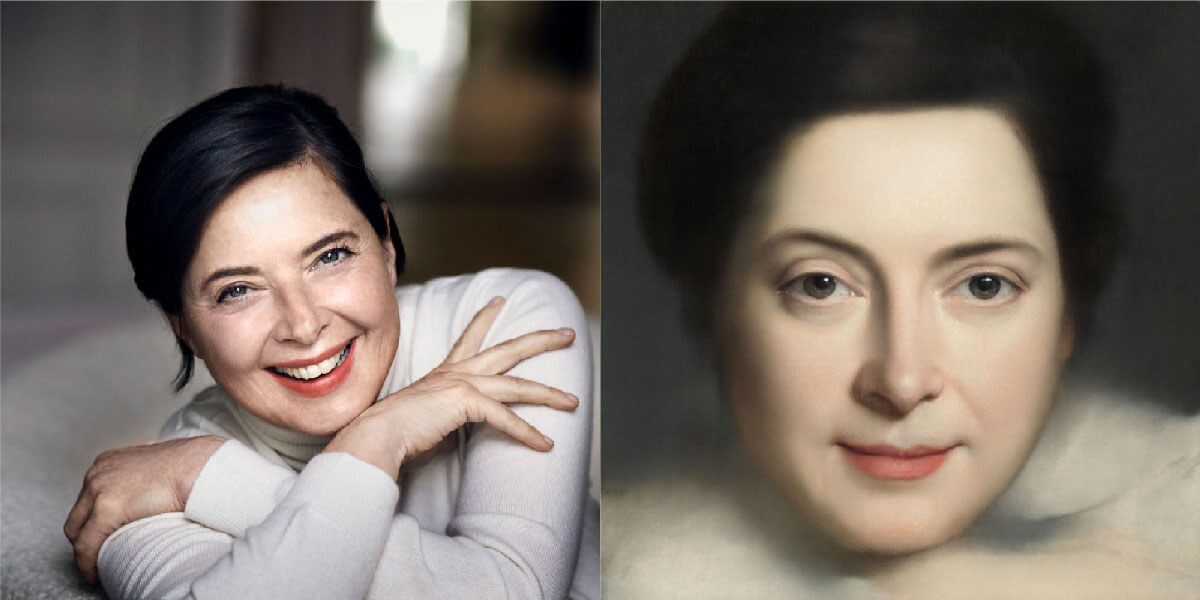

I have tremendous respect for the amazing artworks I use in my work. How painstaking and time-consuming is the creative process behind the series? How do you achieve such realistic results? It depends on my mood sometimes the Renaissance touches me, sometimes it’s Baroque or the 19th century. Most often, I browse through archives and collections and pick up works that talk to me. What criteria do you use when choosing the paintings that you’re going to use for your photo-collages? Do you search for specific subjects or do certain paintings just speak to you? I like so many artists from different eras, each one for very different reasons. Who are your favourite Old Masters and why? And because you asked, it was super difficult learning these programs, especially because I'm not a very tech-savvy guy. It helps that I know, or at least have an idea of how a painter would paint details like my interventions.

I use a lot of tools probably quite unconventionally. In fact, I taught myself image editing exactly for this purpose. For example, when I modify a dress on a painting, I'm not modifying it from the perspective of a photographic reality, but from a painterly reality. I'm glad you asked that! I am a painter everything I do comes from the point of view of a painter. How easy was the switch? How does your painting proficiency affect your digital skills? You are a painter by profession but you rely on digital image processing for this series. The concept has since evolved as have my technical skills which opened up completely new approaches. I found a lot of material on these complex issues in historical portraits, and as I didn't want to paint like an Old Master, I decided to use digital image processing - which I had to teach myself from scratch.
Classical portraiture series#
How did the Hidden Portrait series begin? What was your intention at the time? Has it changed since?Ī few years after graduating from the art academy, I began to think about my role as an artist in society, the connection between art and representation, and what impact this has on artworks. (Answers have been condensed and edited for clarity.)Īctually, for quite a long time, I wanted to be an archaeologist before gradually gravitating towards becoming an artist, which explains my interest in historical context. Yatzer recently caught up with the artist to talk about his project, his passion for historical portraits and his relationship with social media. With masks suddenly becoming an integral part of our self-representation, and even acquiring cultural and political connotations, Hermes’ masked portraits are as timely as ever as but they also draw parallels between the coded messages of classical portraiture and the semiotics of the most contemporary of self-representation forms, selfies. In what started as a personal side project ten years ago, the series has since been thrust into the limelight during the pandemic as it evocatively captures the surreal mask-wearing reality we have all been living in. As surreal as his masked portraits are, they look as if they were painted by the original artist, which is all the more impressive considering he’s a self-taught Photoshop user. Based on famous Old Masters paintings, Hermes’ “ Hidden Portraits” series of digitally-created photo-collages boldly highlights the intricate symbols of self-representation and social status embedded into such paintings.įrom ostentatious ruffs, to richly embroidered trims, to elaborate headgear, Hermes masterfully manipulates elements found in the paintings to conceal the sitter’s identity in order to draw attention to their attire and pose, and reveal their connections with concepts of identity, gender and social status.

Düsseldorf-based German painter Volker Hermes begs to differ. For most people, classical portraits of duchesses, marquises and other prominent people are different versions of the same parochial expression of vanity. Apart from a few iconic paintings like the Mona Lisa and the Girl with the Pearl Earring, European portraiture during the Renaissance, Baroque and Neoclassical periods is side-lined by narrative and genre painting whose subject matter is by nature much more compelling compared with the representation of a privileged elite – in other words, those who could actually afford to have their portrait painted.


 0 kommentar(er)
0 kommentar(er)
